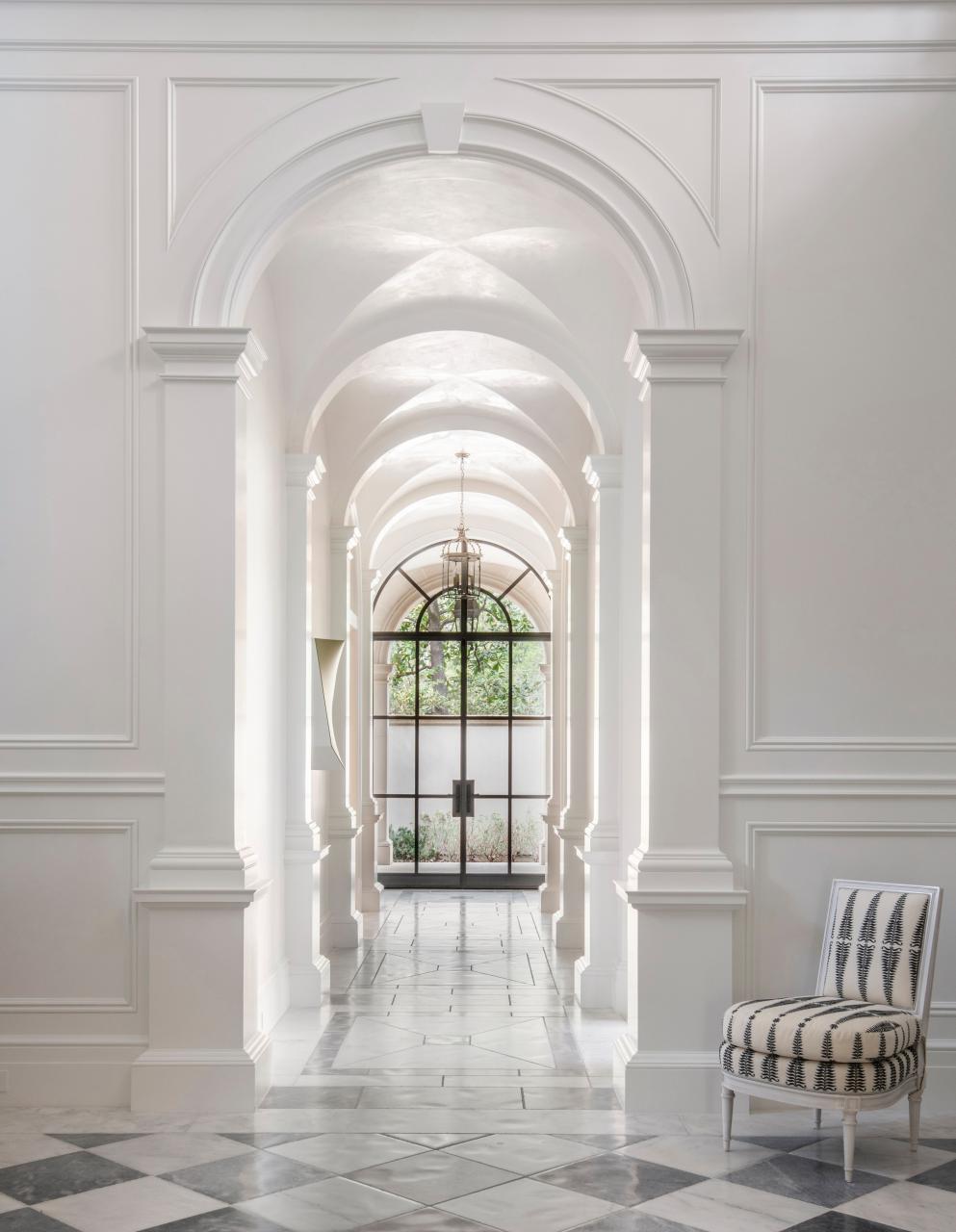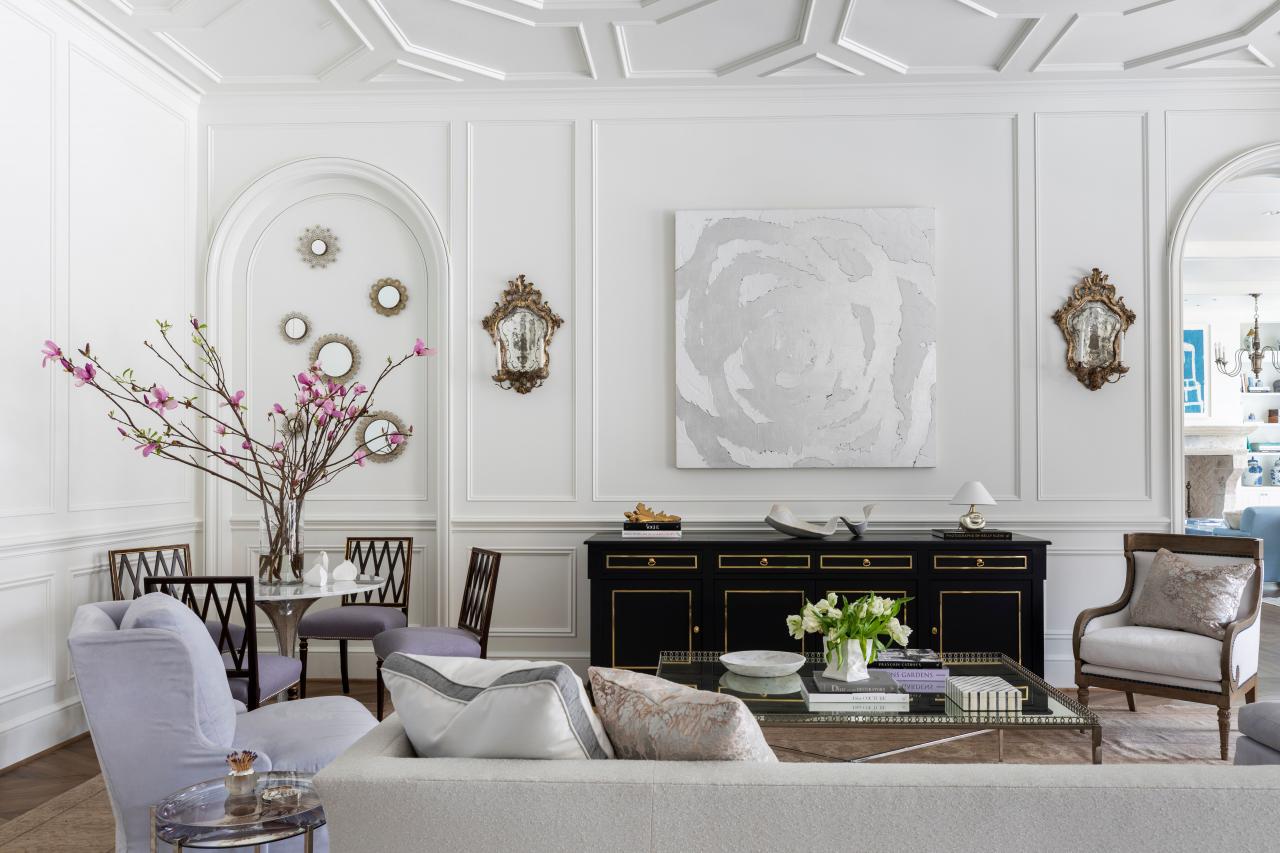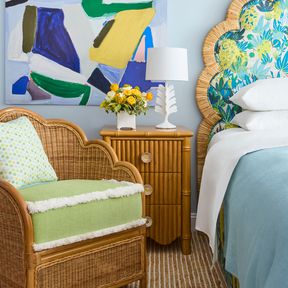As interior design patterns move away from easy, no-frills areas to more traditional styles and ornamental interiors, classical appearances are reappearing. Neoclassical is amongst the looks acquiring extra attention. “Neoclassical design is timeless,” says Galang.
What Is Neoclassical Interior Design?
” Historically, the neoclassical age was marked by drawing back a few of the excess of Rococo,” states Kathy Kuo, interior designer and founder of Kathy Kuo Home. Rococo originated in France in the early 18th century. The unbalanced design was brilliant, light, and elaborately decorative, especially with s- and c-shaped curves, in-depth scrollwork, and gilding.
Jerad Gardemal
Neoclassical interiors blend easy geometry, like strong lines in columns and arches, with more elaborate detailing, through millwork and other decorative components. Unlike the asymmetry of Rococo, balance and balance are key to Neoclassical design. ” The design aesthetic is rooted in history, accuracy, and scale,” says Jerad Gardemal, primary and creator of JF Gardemal Designs. “The focus is on quality, tidy lines, and a controlled color palette. It has to do with proportion, balance, and disciplined design.”
The result is a look we recognize as both conventional and official. Neoclassical interiors feel grand in appearance and scale however are sophisticated instead of ostentatious. According to Gardemal, the style is a good suitable for anybody who values beautiful and refined interiors with a strong history, more minimalist methods to interior design, and those wanting to “make an impact without the fussiness” of some other style styles.

How to Get the Look
” Neoclassic is an easy variation of grandiose,” states Galang. “It is not about trying to produce period areas, it is about attempting to present serenely balanced elements into your interiors,” says Gardemal.
When it concerns embracing Neoclassical style components, err on the side of simpleness– instead of the lavish abundance of Rococo roots– to assist you attain the appearance. ” Neoclassical interior design is all about effortless sophistication and sophisticated details,” says Kuo.
Muted Colors
Neoclassical colors are generally natural and light, particularly using neutrals. “Think cream, taupe, moss green, and stone blue,” states Kuo. These lighter colors not just decrease contrast, they assist an area feel bigger and contribute to that sense of scale.
To accent soft neutrals, Galang advises gold, gray, green, red, or black, as well as the use of natural stone and stone-look patterns.
Millwork.
Millwork is a major part of Neoclassical interiors. In addition to baseboards and crown molding, Galang says this elevated design welcomes raised and recessed paneling, and entrances equipped with molding. Image frame molding (also called box trim) is especially popular for the design, either in basic lines or with more significant flourishes..
Bare, otherwise unadorned walls are welcome when millwork and other accents are utilized. The simplicity stabilizes the otherwise elaborate information, even when the wall color and trim color are the same..

” Neoclassical design is kind of the opposite of trendy. It works together with quality workmanship and a subtlety that is simple to blend and match various decoration pieces with,” states Kuo. “Add neoclassical appeal with pieces like accent chairs that have a sleek shape, luxe upholstery, and a walnut (or similar dark wood) frame.”.
A low velvet sofa on caster legs is one example while a high-backed upholstered chair with a subtle pattern and wood accents is another alternative. Many antique pieces are at home in Neoclassical spaces. Simply don’t forget that, though a big scale is encouraged in Neoclassical spaces, the furniture ought to be appropriately sized to fit the space; oversize pieces offset the balance..
Decorative Accents.
Attention to detail pays off in upscale traditional styles like Neoclassical, and there are various chances to incorporate decorative elements..
Galang recommends classical Roman and Greek themes like anthemion, fleur-de-lis, Greek key, and beading, in addition to damask and geometric prints. According to Galang, these shapes and patterns can be included through anything from architectural hardware, like cabinet hinges, door knobs, fabrics, and wallpaper..
Mirrors, window treatments, antique chandeliers, and other ornamental features are likewise motivated in Neoclassical design. Galang states urns and art prints that include porticoes are examples of period-appropriate design that can be integrated into today’s interior decorations.



